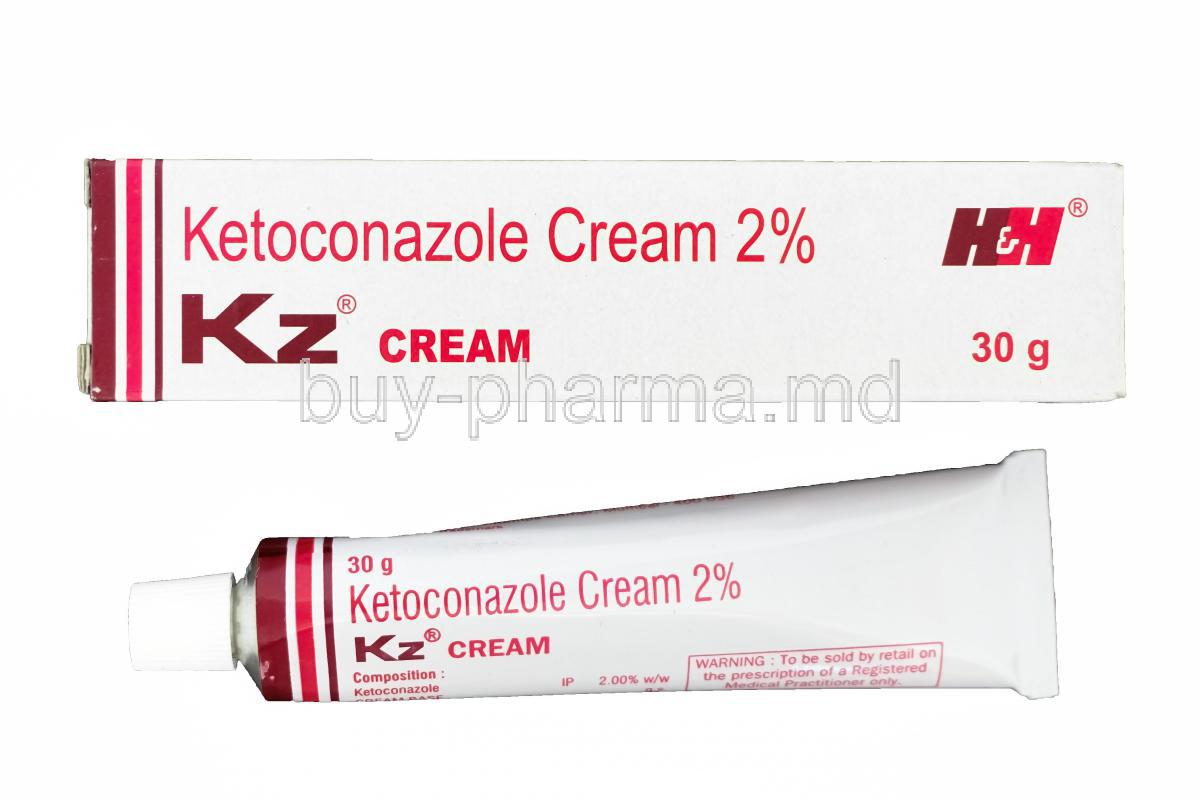

Vaginal preparations will be prepared in citro-phosphate buffer pH (power of hydrogen) 4.5.Ĭharacterization of ketoconazole vaginal in situ gel Medicated in situ forming gels will be prepared on a weight basis using The Modified Cold Method.

Preparation of ketoconazole vaginal in situ gel Different concentrations of pluronic F-127 will be used in the preparation of the in situ forming gels.

The principle advantage of in situ forming gels is the possibility of administering accurate and reproducible quantities, in contrast to already gelled formulation. Stimuli- sensitive hydrogels are those hydrogels, which undergo reversible volume phase - transition or sol - gel phase transition in response to external physical stimuli such as (temperature) or chemical stimuli as (ions).The most commonly used thermoreversible gels are those prepared from the pluronic block copolymers. In situ gelling systems refer to polymer solutions which can be administered as liquid, and undergo a phase transition to semisolid gel upon exposure to physiological environments. The risk of vulvovaginal candidiasis may be higher in women with uncontrolled diabetes, who use oral contraceptives containing high levels of estrogen or taking antibiotics. Sporadic attacks of vulvovaginal candidiasis usually occur without an identifiable precipitating factor. The rest are due to non-albicans Candida species, the most common of which are C. Terconazole Vaginal cream, 80 mg are indicated for the local treatment of vulvovaginal candidiasis (moniliasis).Īs this product is effective only for vulvovaginitis caused by the genus Ketoconazole is a broad- spectrum antimycotic agent that can be used orally or topically in the treatment vulvovaginal candidiasis and other fungal infections Candida is the second most common cause of vaginal infections.Ĭandida albicans is responsible for 80 to 92% of episodes of vulvovaginal candidiasis. Typically found in the human vagina were ≥128 mcg/mL therefore these beneficial bacteria are not affected by drug treatment. The MIC (maximum insufflation capacity values of Terconazole against most Lactobacillus spp. Mammalian cell demethylation is less sensitive to Terconazole inhibition Terconazole exhibits antifungal activity in vitro against Candida albicans and other Candida species. The accumulation of 14 alpha-methyl sterols correlates with the subsequent loss of ergosterol in the fungal cell wall and may be responsible for the antifungal activity of Terconazole. This enzyme functions to convert lanosterol to ergosterol. Terconazole- Terconazole, an azole antifungal agent, inhibits fungal cytochrome P-450-mediated 14 alpha-lanosterol demethylase enzyme.


 0 kommentar(er)
0 kommentar(er)
